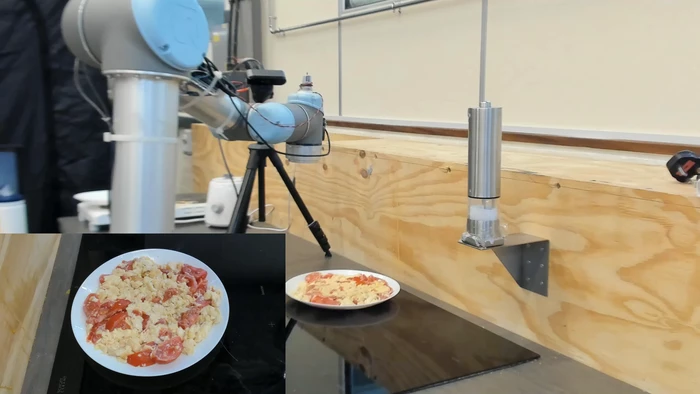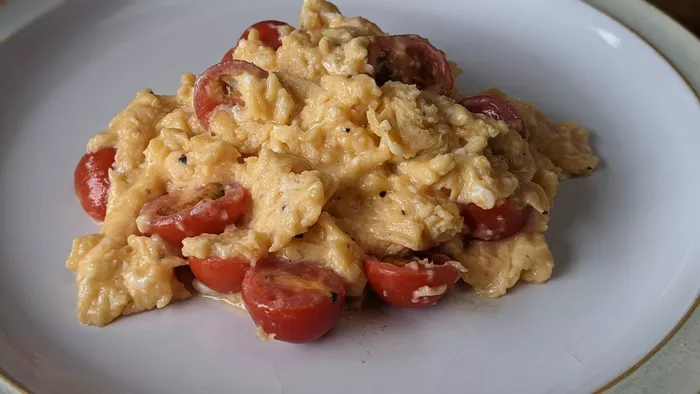We are beginning to see robots gain a foothold in the food industry in some very interesting ways, from robots performing delivery tasks, to systems that produce 300 pizzas per hour, to electronic chefs who operate fryers with one hand. Researchers at the University of Cambridge have been tinkering with the edge of the robotics field and have developed a machine capable of "taste testing" during food processing to ensure the balance and consistency of the tastes of various food products.

The robot chef developed by scientists is actually a continuation of a project in 2020, in which the Cambridge University team worked with Beko, a household appliance company, to come up with an interesting concept. Their idea is not just to let the machine prepare a pizza or hamburger, but to let it produce the best food possible based on human feedback.
Obviously, everyone has different tastes. In order to cater to the inherent subjectivity of what is delicious food, researchers have developed a new machine learning algorithm. Give the robot feedback from human samplers so that it can improve its products over time, such as adjusting its method and making the final "delicious" fried egg.
Now, in order to let the robot have its own taste testing ability, scientists have worked with Beko again to produce a new and improved version. In doing so, the team tried to imitate the human chewing process, which not only physically decomposes food for digestion, but also fills our mouth with saliva and enzymes to change the taste of food.
After millions of years of evolution, this process has brought to humans the taste receptors that saliva brings chemicals from food to the tongue, which transmits signals to the brain, which determines whether something is delicious or not. If a robot system can do similar things, it can adjust its cooking process at any time, and finally get better dishes with less human intervention.
"When we taste food, the process of chewing also provides continuous feedback to our brain," said study co-author Dr. Arsen abdulali. "Current electronic testing methods only extract a snapshot from homogeneous samples, so we want to replicate a more real chewing and tasting process in a robot system, which can bring more delicious final products."
The team's new machine uses a conductivity probe as a salinity sensor, fixed to a robot arm. The robot was then shown nine different scrambled eggs and tomatoes, each with a different amount of tomatoes and salt.

The robot can "taste" the dish, then put it in the blender and stir it several times to imitate chewing, so that the robot can continue to taste it at different stages. The different readings of the robot enable it to create a taste map of dishes in a grid like manner according to the salinity levels of different "bites". Later, scientists hope to add more functions to their robot chefs and plan to study new sensing capabilities to enable them to taste sweet and oily foods.
"When a robot is learning how to cook, like any other cook, it needs to tell it how to do it," abdulali said. "We hope robots can understand the concept of taste, which will make them better chefs. In our experiment, the robot can 'see' the difference when food is chewed, which improves its tasting ability.".
The study was published in the journal frontiers of robotics and artificial intelligence.
